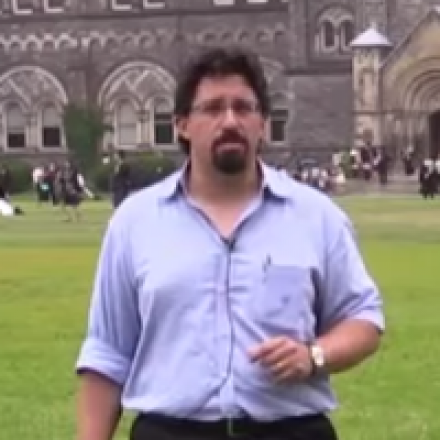12 Units
Open Education Resource
Self-Directed
Open Education Resource
Project Components
Unit 1 - Sections 6.6 to 6.9
Unit 2 - Sections 6.10 to 7.3
Unit 3 - Sections 7.4 to 7.6
Unit 4 - Sections 7.7 - 8.1
Unit 5 - Sections 8.2 to 8.4
Unit 6 - Section 8.5, extra material on DEs, and Section 9.1
Unit 7 - Sequences and Series
Unit 8 - Sections 9.5 and 9.6 - Convergence Tests Galore
Unit 9 - Taylor Polynomials and Power Series - Sections 10.1 and 10.2
Unit 10 - Taylor Series and the Uses of Power Series - Sections 10.3 and 10.4
Unit 11 - Chapter 11
Unit 12 - Sections 12.5 to 12.7
Unit 13 - The End of the Journey

